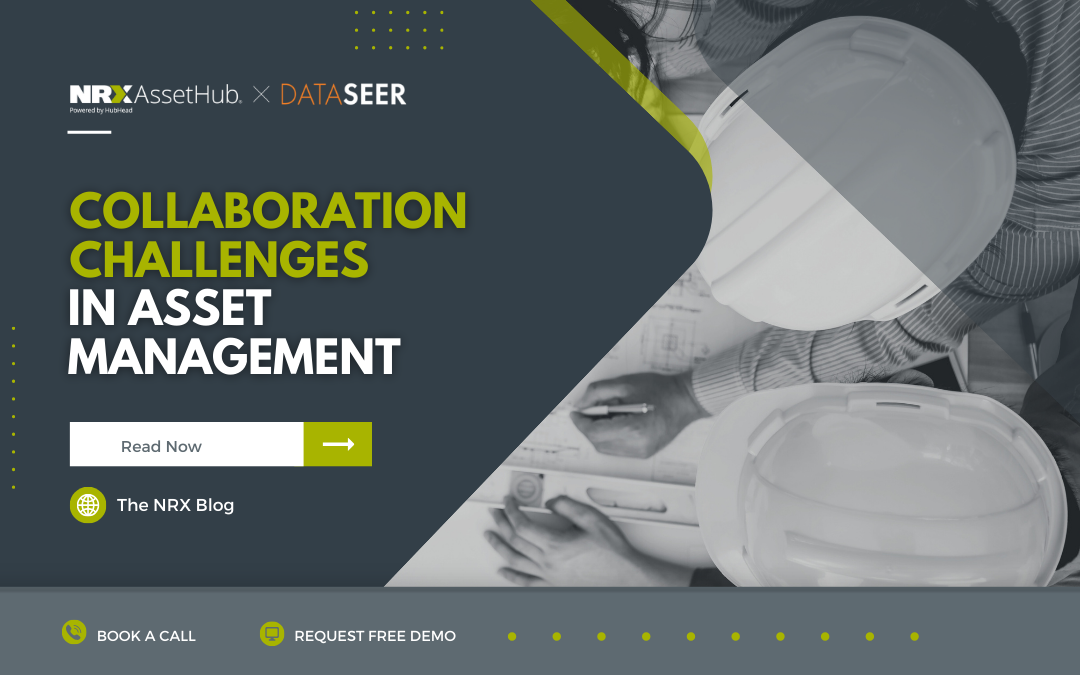In asset management and maintenance, collaboration is essential for project success. Yet, for many organizations, sharing and managing extracted data across global teams is a major hurdle. Without the right tools, inefficiencies pile up. Decisions are delayed, priorities become misaligned, and valuable opportunities slip away.

Why Collaboration Matters in Asset Management
Industries like oil and gas, manufacturing, and utilities depend on effective collaboration to keep operations running smoothly. Teams need seamless data flow to complete critical tasks like:
- Verifying asset data during inspections.
- Planning and scheduling preventive maintenance.
- Coordinating major equipment repairs or overhauls.
But when teams lack modern collaboration tools, everything slows down. Instead of working efficiently, they rely on outdated methods—manual emails, scattered spreadsheets, or isolated systems. These stopgap measures fail to provide a clear, unified view of operations.

The Challenges of Inefficient Collaboration
Here’s what happens when collaboration tools are missing or outdated:
1. Data Silos:
Data gets stored in different places—local drives, emails, or personal systems. Other team members can’t access it, leading to fragmented knowledge and poor decisions.
2. Version Control Nightmares:
Without a centralized system, teams lose track of data updates. This leads to inconsistencies, confusion, and mistakes.
3. Delayed Approvals and Decisions:
Critical tasks stall when the right people can’t access data or provide timely input.
4. Wasted Time and Reduced Productivity:
Instead of analyzing or optimizing processes, engineers spend hours consolidating data from multiple sources.
5. Higher Risk of Errors:
With no shared platform to validate data, errors sneak into key processes like equipment tagging and maintenance planning.

What’s the Solution?
To overcome these challenges, companies need a shift in how they handle collaboration. Here’s what an effective solution should provide:
- Centralized Data Access: A single source of truth for real-time data sharing.
- Version Control: Clear tracking of updates with built-in audit trails.
- Seamless Communication: Easy collaboration between global teams.
- Integration: Compatibility with existing systems like EAMs or CMMS.

Conclusion: Embracing Seamless Collaboration for Asset Management Success
Inefficient collaboration isn’t just an inconvenience—it’s a costly obstacle in asset management. Without the right tools, teams face delays, errors, and lost productivity, ultimately impacting the bottom line. To stay competitive in today’s fast-paced industrial landscape, organizations must prioritize seamless collaboration.
Centralized platforms that provide real-time access, version control, and easy integration with existing systems can transform how global teams work together. By adopting these tools, companies can unlock greater efficiency, reduce errors, and ensure their teams focus on what truly matters: optimizing operations and driving success.
It’s time to leave behind the silos and manual processes. The future of asset management is collaborative—are you ready to take the leap?

How Can We Help You?
HubHead and DataSeer’s AI Service combines human-level understanding with machine speed to build a scalable knowledge data store of engineering designs. By integrating these solutions with your existing EAM/CMMS systems and creating a digital twin, you can enhance decision-making and streamline your maintenance processes. Contact us for a free demo or book a call.
Understanding Data Overload in Large-Scale Asset Projects
The Challenges of Table Data Extraction
The Role of Human Expertise in AI-Driven Data Extraction
Share this article




